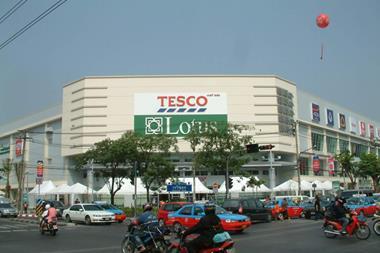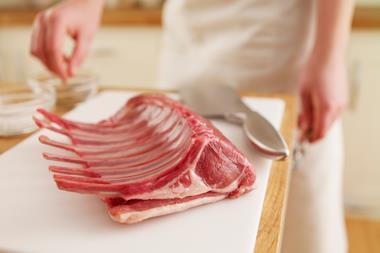The normally unflappable Dave Lewis faltered slightly yesterday when one brave (or ill-informed) journalist asked him if Tesco had been behind the curve in trialling new technology, after the Tesco boss had spent much of the previous 24 hours telling the City about its high-tech plans for future growth.
After biting his tongue, Lewis went on to explain that Tesco preferred not to shout about its tech trials when they sometimes consisted of perhaps only one store, and might never see the light of day in its core estate.
So what are we to make of Tesco’s Capital Markets Day then, in which Lewis told analysts of its plans to ramp up technology, including working with robots to make ultra-responsive deliveries via app to its customers’ homes?
It would be wrong to assume Tesco has suddenly gone all Silicon Valley on us, but behind the scenes, of course Tesco has been trialling tech. It’s looked at everything from mobile scan-and-go, making checkouts redundant, to paperless Clubcard – and yes, even in some areas, robot delivery.
A more significant development was Lewis’s announcement that Tesco was planning to roll out a network of so-called “urban fulfilment centres” to ramp up its offer for online shoppers, and to make the retailer “more agile” in the face of growing competition from the likes of Amazon/Morrisons, Ocado/M&S and co.
This is not some hugely capital expensive project like the dark stores unveiled by Tesco’s previous emperor in an earlier episode. It is a plan that will enable Tesco to use excess warehouse space in stores, made available because of its ruthless Project Reset strategy, to ramp up the efficiency of its pick process, and put it in a much better place to compete as its rivals look to revolutionise so-called last mile delivery.
While tech trials have continued, it is true that when Lewis came in he slammed the brakes on all Tesco online activity seen as non-core, especially when it was not making money.
But while this led to an end to vanity projects like the Hudl, an increase in home shopping delivery charges, rationalised click & collect ambitions and the axe for Tesco Direct, Tesco has been bringing in new systems to make its in-store picking machine much more efficient in a bid to make the dotcom area more profitable.
The plan for local delivery hubs is an interesting next stage in that.
One of the reasons Tesco has been so quiet about online and technology, apart from the fact it still represents less than 10% of the business, is because it knows it is only worth shouting about if it can make it pay.
And while Lewis is right not to get too carried away about technology, Tesco dares not be left behind in the race where it really matters. This is not so much about fancy gadgets and robots, but how the UK’s biggest retailer can make sure it’s not too inflexible to respond when the likes of Amazon and Ocado start moving the dial on home delivery and customer expectation.

























No comments yet